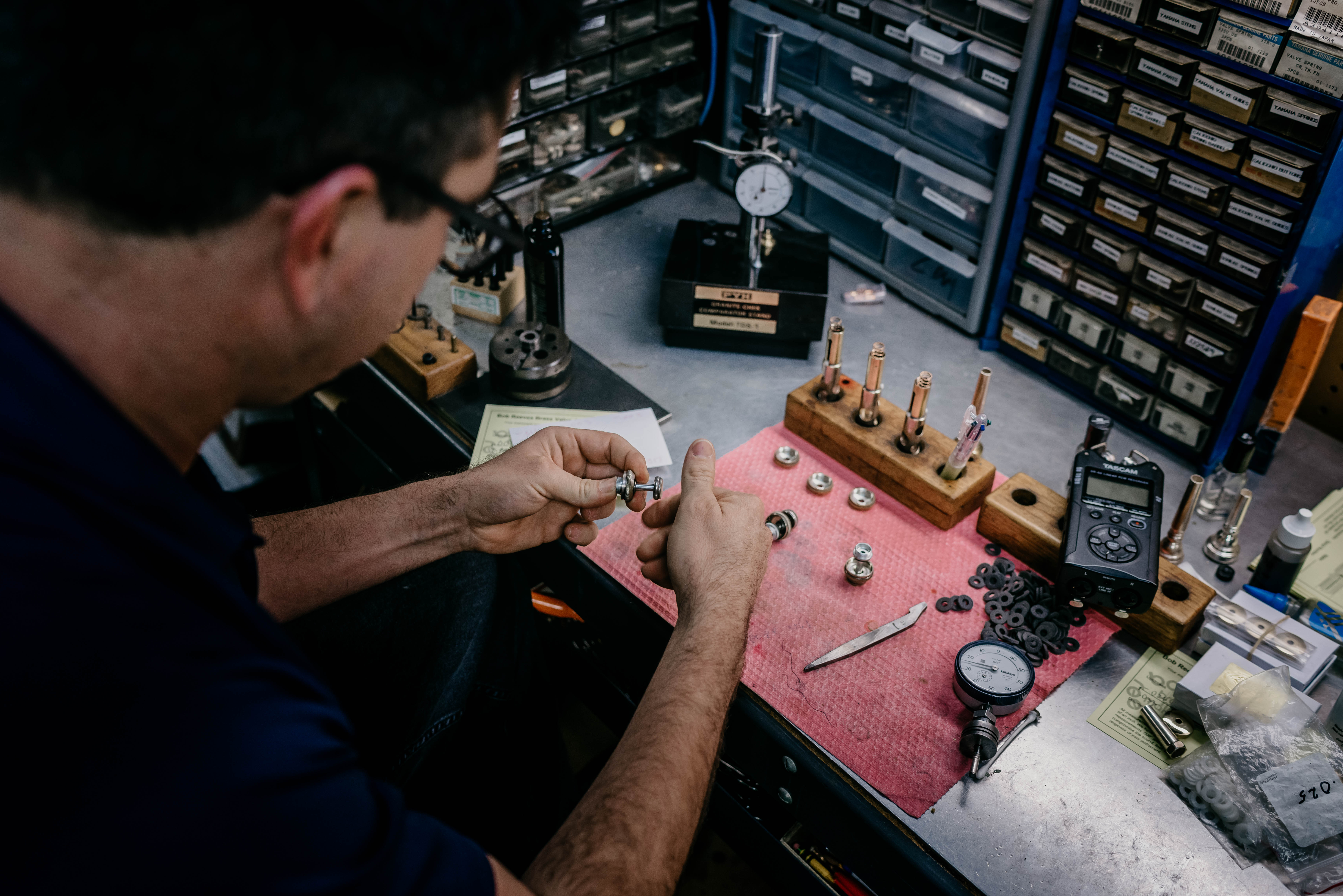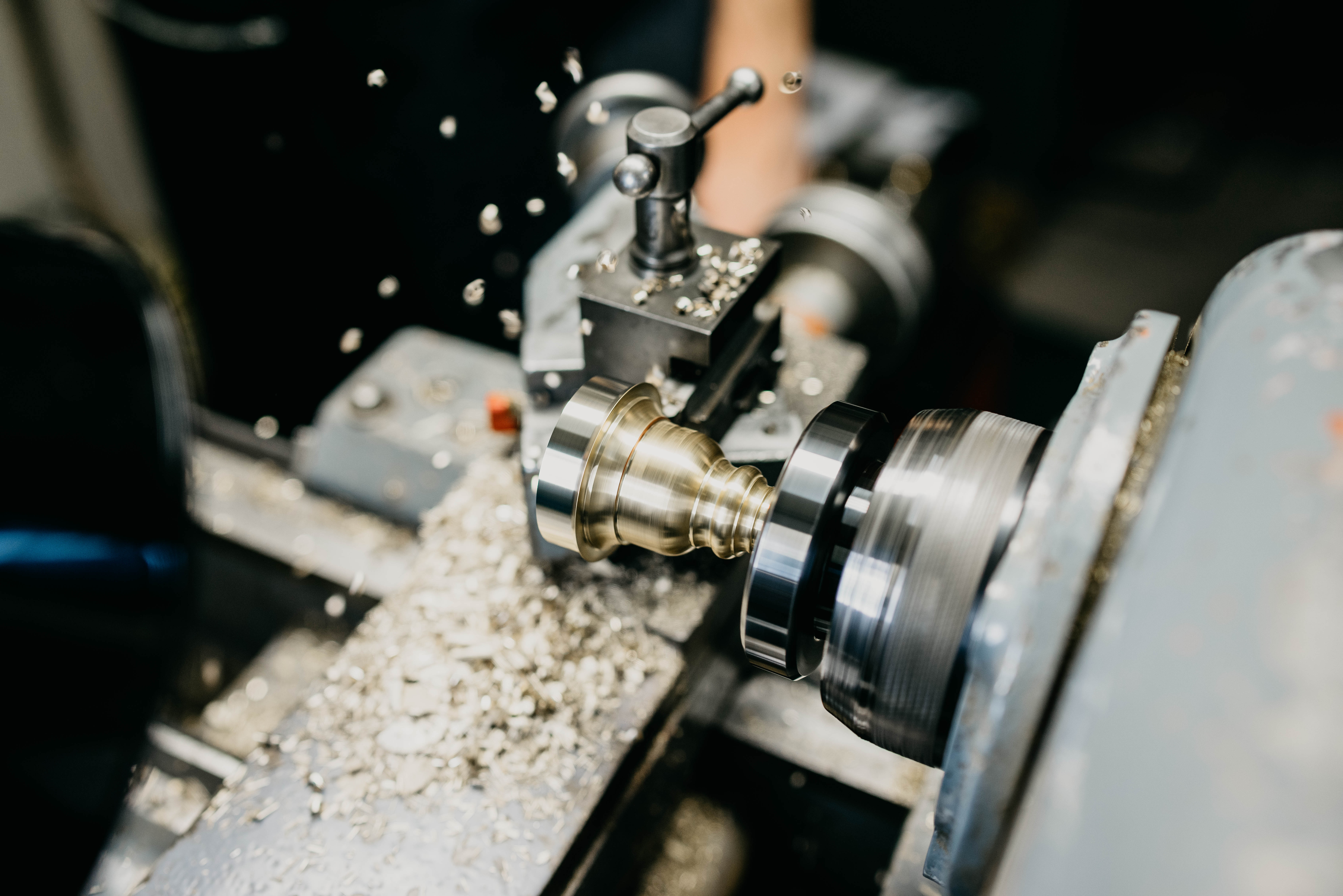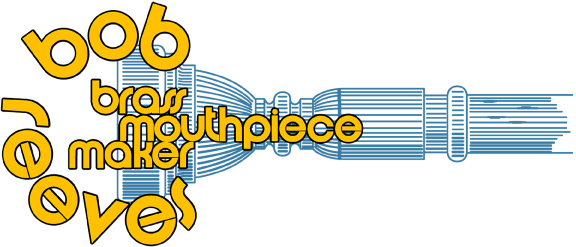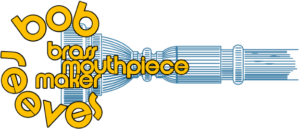Bob Reeves Brass Mouthpieces has been serving the brass player community for almost 40 years. Players of all levels rely on our services to achieve their ultimate goal – to make more music!
Valve Alignment

When your valves aren’t lined up properly, each valve combination gives a different timbre. When the timbre changes, a musician will compensate with their chops in order to even out the timbre. By compensating with your chops, you are working harder than necessary to play the instrument. When you are working harder than necessary, the upper register is more difficult.
Sound
When your valves are in proper alignment, you don’t have to compensate as much to even out the sound. The upper register becomes easier and more consistent.
Intonation
We push valves down to lengthen the tubing and change the pitch of the note. If the valve is not going down all the way (or going down too far), pitch is affected. This leads to manipulation of the lips or false fingering. All these extra steps to play in tune get in the way of making music.
Once your valves have been lined up by Bob Reeves Brass you’ll get the best pitch your horn can deliver.
Consistency and Accuracy
Consistency and accuracy on an instrument comes from trial and repetition over a period of time. Because all horns without a Bob Reeves Valve Alignment use felt, rubber, Neoprene, or some other type of unstable pad material, the alignment of these horns changes over time. These unstable pads are affected by saliva and oil as well as the pounding caused by use. As the pads change, the alignment changes and the relative positions of the notes change. This adversely affects consistency.
Slotting
Your percentages will go up after a Bob Reeves Valve Alignment.
Well defined slots are essential to efficient playing. When the valves of an instrument are not lined up properly, the slots are interrupted. It’s as though you are half-valving a note (although, in reality, it is much less than half the valve distance) all the time. When the slots are loose, it is more difficult to execute proper slurs and attacks.
Efficiency
When your valves are not in proper alignment you must work harder to play the instrument. This is caused by the variation in pitch and timbre caused by the valves being out of place.
When you have to work harder to play the horn, it is obvious that endurance is affected.
The easiest way to think of how valve alignment affects sound is to think about what happens to the sound when you half-valve a note: You lose the highs in the sound as well as the lows in the sound. If your valves are out of alignment it is as though they are half-valved all the time but, instead of being half the valve, maybe it’s a 32nd of an inch.
“How Does Your Horn Compare: check out the numbers of most manufacturers” (link to pdf of mis-alignment #s)
After the alignment
Once your valves are lined up properly, you will get the full performance and sound your horn was designed to give.
The first step in the valve alignment process is to measure your horn to see how far the valves are out of alignment. We use a proprietary measuring system that includes tools designed by Bob and port prioritizing that ensures the optimal playability and evenness of your horn.
You will receive a card that will show the up and down stroke measurements of your horn before the alignment.
Pad Material
One of the most important aspects of valve alignment is the pad, or bumper, material. Most trumpet makers use felt, cork, Neoprene, or rubber pads as valve bumpers. The problem with these materials is that they change dramatically over time due to compression and decompose when mixed with oil and saliva, two components commonly found in trumpets.
The pad material used in a Bob Reeves valve alignment is highly stable and will stand up to oil and saliva as well as pounding from daily use. Instead of compressing over the course of weeks, our pads last on average from 5 to 10 years. If you feel your pads are wearing out (or they get accidentally thrown out!), all we have to do is send you a new set of pads to put your horn back to where it was the day it left the shop after our alignment.
Unless parts of your valves have been changed, there is not a need to send your horn back to us once it has been aligned.
After we install accurately measured pads in your horn, we adjust your horn to fit the new pads. This may involve adding washers, trimming a few thousandths of an inch off of a valve stem, or any number of other adjustment procedures we have worked out over the years. This assures the best, longest lasting valve alignment.
We have over 15,000 piston instruments of all types, from tubas to piccolo trumpets. If your instrument has pistons, chances are high we have already worked on horns of the same type.
After a valve alignment, you should notice all of the benefits to some degree. Because horns are out of alignment in varying degrees, some benefits may be more noticeable than others.
Since alignment may affect the back pressure you feel, you should reevaluate your equipment such as heavy caps, cylinder reinforcers and mouthpiece gap as you may find a set-up that works even better.
We encourage you to experiment with the gap after the alignment to help further dial in your equipment and optimize playability.
With improper valve alignment, most players choose a mouthpiece that is bigger than it needs to be; When your horn is “shut down” due to bad valve alignment, you need to use a larger mouthpiece to feel comfortable. It could be a larger cup, bore, backbore, or a combination. A larger mouthpiece is harder to play.
With a Bob Reeves valve alignment, you can often use a more efficient mouthpiece, and end up getting more sound, for less work.
Consultation

We are available for consultation regarding any aspect of your equipment. Contact us to get started!
If you would like to visit us in person you are welcome to visit us at our factory. You can set up an appointment here:
Mouthpiece Alteration

Mouthpiece alteration is a large part of our business. Some available alterations are listed below. Feel free to contact us with any questions regarding altering your existing mouthpiece.
- Alter Bore (Throat)
- Alter Backbore
- Alter Rim
- Alter Shank
- Alter Cup
- Convert for Sleeves
- Match Rim to Underpart
- Plate Mouthpiece (Silver or Gold)
- Strip Mouthpiece (Remove Plating)
- Thread Rim (Any Thread)
- Thread Underpart (Any Thread)
- Bend Mouthpiece
Stay Connected
Sign up for our monthly newsletter to get notified when we have sales, special events, and when new podcasts are posted. We will never sell your information and you may unsubscribe any time.

